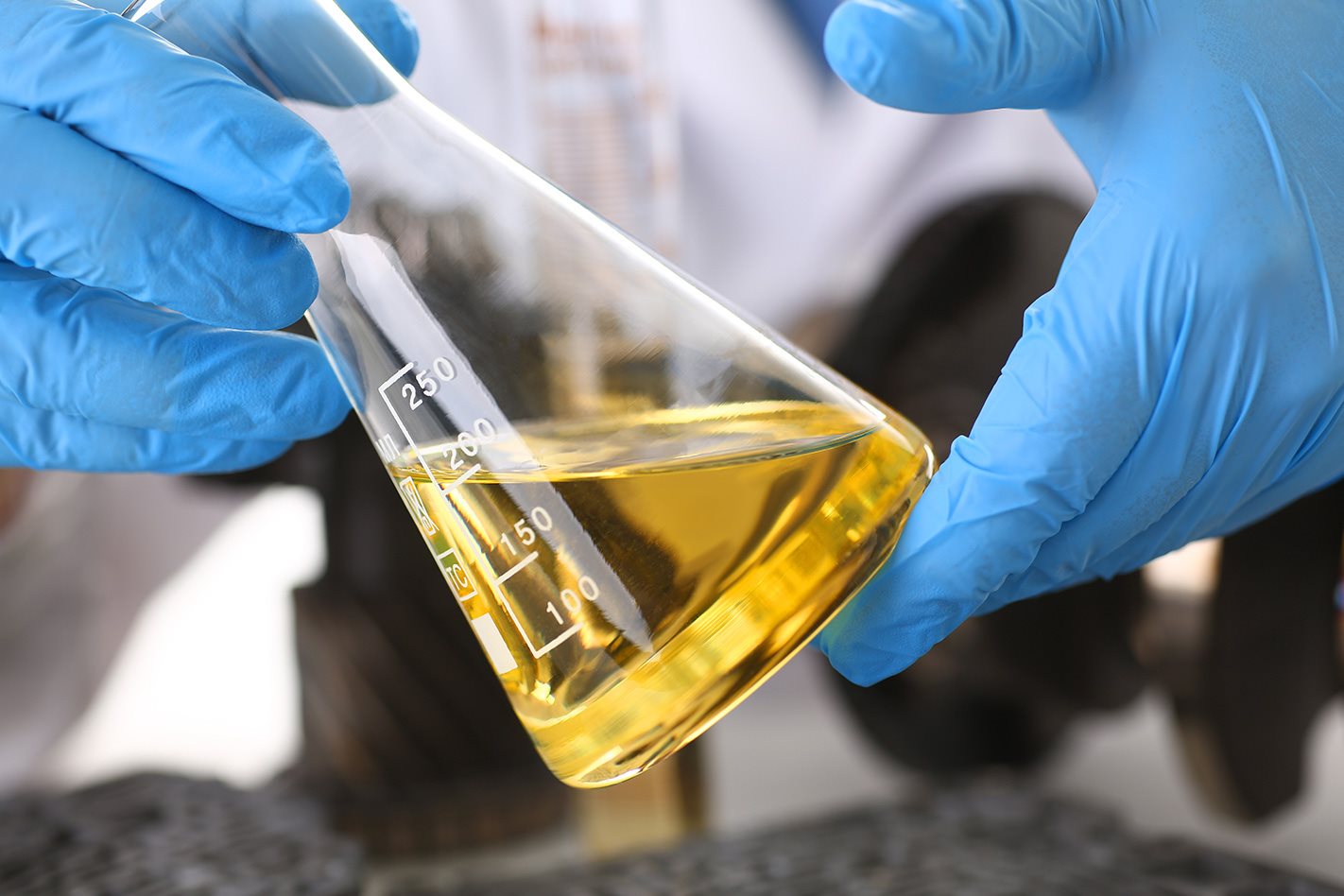The year is 2040. Some of the world’s largest and most powerful jurisdictions are now enforcing a ban on the sale of new combustion-powered vehicles.
For traditional enthusiasts and the comments section, it is doomsday. A death knell for all combustion-powered vehicles, they decry. While the pearl clutching might be overblown – you’ll still be able to drive your petrol-powered car, much like you can still ride a horse to work if you really wanted to – the motoring industry will need a more environmentally friendly approach to ensure the combustion engine’s survival. Enter synthetic fuels.
The cliff notes sound too good to be true; a petrol alternative which can be created in a carbon-neutral process, that burns clean, can utilise existing infrastructure, and could be used in any combustion-powered vehicle without modifications.

First, how is it made? To create synthetic fuel, water is separated into its two core elements – hydrogen and oxygen – using renewably sourced electricity (traditionally solar or wind). Carbon dioxide is then sourced from the air, and filtered through the hydrogen, creating a methanol, which can then be turned into fuel that is chemically similar to what is pumped into every car at a service station. In short, synthetic fuel takes the lengthy natural process of creating hydrocarbons, and replicates it with a rapid man-made procedure. The end result is nearly identical in its make-up to traditional fuels, but created in a renewable process.
Unlike hydrogen, synthetic fuel can be transported in the same way as regular petrol or diesel, and distributed in the same manner. This means there is no need to build new infrastructure, with existing service stations only requiring a simple retrofit similar to the change from leaded to unleaded petrol. Aiding the transition from regular to synthetic fuel is the fact that any car on the road today could use it without serious modifications. Every car, truck, plane, or boat that currently runs on petrol or diesel could transition to a synthetic alternative almost overnight. Considering the global passenger car fleet currently tallies around the 1 billion mark, that’s potentially a huge reduction in CO2 emissions.

Porsche is investing in synthetic fuels, because as its CEO Oliver Blume points out, 70 percent of all vehicles it has built are still on the roads today. The German manufacturer has partnered with energy company Siemens on something called the Haru Oni project, which will result in a full-scale commercial refinery. One of the first roadblocks to synthetic fuel becoming mainstream is scale. The Haru Oni project aims to produce 55 million litres of the stuff by 2024, increasing to 550 million litres by 2026. For context, Australian passenger vehicles consumed more than 19 billion litres of fuel last year, so the 2024 target would fuel Australia for just over a day.
The next is price. Currently Porsche estimates the synthetic fuel in its prototype program costs $13.24 a litre to produce. Fill a 992-gen Turbo S fuel tank, and you are looking at a bowser cost of near enough $900. Blume believes the petrol alternative needs to cost in the region of $5.30 to be viable. Not cheap, but then neither is an electric car.
One area where those two factors aren’t a problem is the world of motorsport. Formula E holds exclusive rights with the FIA to be the only fully-electric world championship until 2039, with the possibility of an extension on top of that. If Formula 1 wanted to go fully electric before then, it would need Alejando Agag’s permission, something that is unlikely to be granted anytime soon. Synthetic fuel gives motorsport’s most prestigious category a carbon neutral alternative to full electric competition. Porsche’s new 911 GT3 Cup car is able to run on synthetic fuel, and the company has openly stated the technology will form the backbone of any future combustion motorsport endeavours – including possibly Formula 1.

Synthetic fuel is a make-or-break technology for continued use of combustion-powered vehicles in an electric future, but it needs to be produced at a large enough scale, and cheaply enough, before it becomes a mainstream possibility.
No need to hoard
Carbon capturing will be a term you’ll here more of in the coming years. The UN’s Intergovernmental Panel on Climate Change stated that every year we wait to take serious action on climate change, the more we will need to use the carbon-capture process to remove carbon dioxide from the atmosphere. Synthetic fuels allow carbon dioxide captured to be repurposed, instead of simply stored in the ground.
Backyard science
The Haru Oni pilot plant is being built in southern Chile because of its naturally occurring windy climate. To create carbon neutral (or negative) synthetic fuel, renewable energy is used to separate the hydrogen and oxygen. This means that areas with large amounts of wind, or solar energy, are best for synthetic fuel refineries. Now, where would we find somewhere like that?
Fossil backing
Synthetic fuel currently has some serious backers from the fossil fuel industry. FuelsEurope, which represents nearly every petroleum producer on the continent, says synthetic fuel could reduce CO2 emissions by 100 million tonnes by 2035. Handy, as the European Union has a target of climate neutrality by 2050.
True efficiency?
The elephant in the room with synthetic fuels is the vast amount of energy that goes into creating them. There’s a 72% efficiency pathway in using that electricity to power battery-electric vehicles versus 16% efficiency for synthetic fuel generation and combustion. Priorities, priorities…






